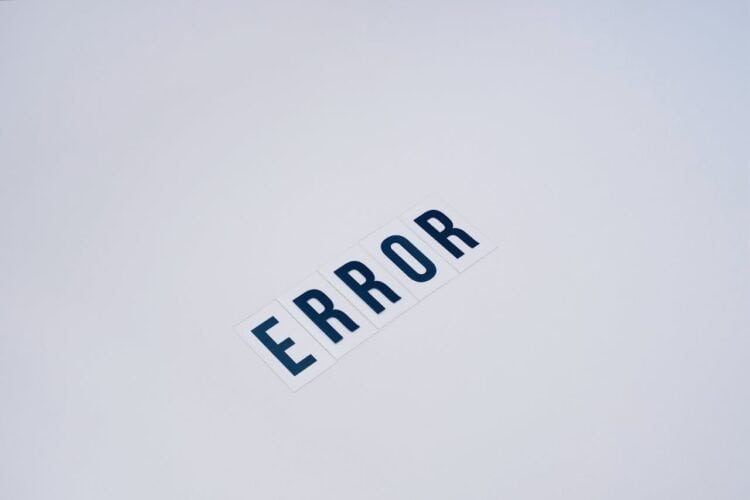Acceptance of new technology among accounting staff within organisations dramatically reduces error rates, according to Gartner Inc.
This observation follows Gartner's recent survey which found that 18% of accountants make financial errors at least daily, and a third commit at least a few financial errors every week. Further, 59% were revealed to have been making several errors per month.
The study, which asked 497 individuals on how often they or their peers made common errors including those due to manual work, automation, those made by other internal business partners, insufficient review, reopening books, misinterpretation, or volume/complexity overload, found that the said mishaps were closely linked to concerns about low capacity.
“It stood out that when users displayed acceptance of the technology they were using in accounting, they used it much more effectively, realized capacity improvements, and made significantly fewer errors,” says Mallory Barg Bulman, senior director of research in the Gartner Finance practice.

“It’s better to have less technology with a workforce that accepts it than to have the cutting edge of technology and resistant employees.”
Mallory Barg Bulman
Technology acceptance
Technology acceptance is defined by four elements: users must find it easy to use, easy to learn, easy to customise for their own needs, and it must have all the information the user needs in one view.
Companies that digitise with high technology acceptance for their technology environments see a 75% reduction in financial errors.
“In this survey, 73% of accountants felt that the technology available to them is missing one or more of the four elements of acceptance,” says Bulman. “The accounting functions that are managing to build technology acceptance don’t necessarily have different technology: building acceptance is more to do with putting in place practices that allow staff to perceive technology as easy to use and helpful.”
Capacity constraints
“While capacity issues aren’t new to accounting, demands on accounting staff capacity continue to rise. In the past three years, 73% of accountants report that their workload has increased because of new regulations, and 82% say economic volatility has increased demands for their work,” Bulman explains.
“If these financial and regulatory pressures continue to increase, as history suggests it will, the already-limited capacity accountants will be stretched further and increase error rates.”
“Financial errors can have tangible business consequences. When accountants make errors — and those errors make their way into the monthly or quarterly close — the enterprise may make business decisions based on incorrect data or, worse, issue inaccurate financial statements,” says Bulman.
Gartner experts recommend three best practices to build technology acceptance:
- Incorporate structured staff feedback into vendor testing and prioritising technology enhancements.
- Replace old behaviours with new ones and lean on tenured staff to guide the way.
- Provide transparency into errors and the resolution of errors.
“Given the potential of technology acceptance to reduce error rates in accounting, controllers should make sure they understand the levels of acceptance in their functions and improve it where necessary,” says Bulman.




